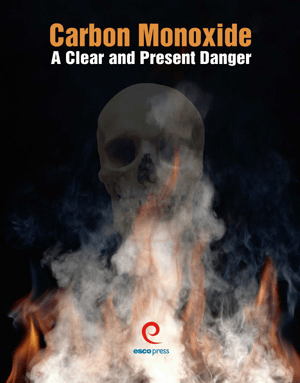
This one day seminar is designed to provide the attendee with an understanding of the hazards inherent in carbon monoxide generation, testing procedures, an overview of combustion analysis and the relation of building pressures to carbon monoxide.
There are many sources of carbon monoxide from automotive and transportation influences to the mechanical systems in our homes and businesses. Throughout the program topics of discussion will include, the health affects of CO poisoning, warning signs and symptoms as well as CO Alarms and the effects of UL standards upon vulnerable people. There is a strong focus towards CO monitors, detectors, test instruments, testing protocols and procedures for technicians and inspectors. COSA Carbon monoxide Safety training is a must for all HVAC/R technicians, Weatherization auditors, home/building inspectors and fire department personnel.
Environmental and energy technicians & inspectors, HVACR technicians, combustion equipment manufacturers, emergency response, health technicians, civic groups, government, fuel suppliers, building & mechanical inspectors.
Attendees of this one day seminar receive an in-depth introduction to Carbon Monoxide; What causes CO, Health effects of CO, CO Testing, Remediation, Principles of Combustion Analysis and Building Pressures.
The seminar is divided into three distinct sections:
Carbon Monoxide
Explains; what CO is, how CO is produced, health effects of CO exposure, how to respond to an alarm, basic testing procedures, code compliance and exposure standards.
Combustion
An overview of combustion analysis, troubleshooting and remediation of CO production for gas and oil fired appliances. Including boilers, furnaces, hot water heaters, clothes dryers, and stoves.
Building Pressures
A primer on how building pressures affect the distribution of carbon monoxide.
Carbon Monoxide: A Clear and Present Danger
Course participants have the opportunity to take the HVAC Excellence Carbon Monoxide Safety exam.
This 50 question exam covers: alarms and response, building pressure measurements, building pressure general knowledge, combustion gas, combustion general knowledge, general knowledge, measurements, medial and tools.
Pressure Measurements